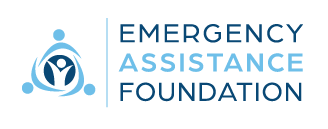
Relief Fund Alternatives: Public Non-Profit or Contracted Vendor
July 19, 2017
Charitable Class is a Core Concept for Relief Funds
August 30, 2017August 2, 2017
A core tenet of charitable tax law is that gifts must be unconditional. Since tax-efficient disaster and hardship relief funds are typically maintained by independent, 501(c)(3) nonprofit organizations, this means that donations in support of a relief fund must also be unconditional. This framework puts a number of limitations on the fund sponsor’s relationship with the charity administering the fund. These limitations are expressed by the contents of the memo of understanding and field of interest agreement, which make it clear that the nonprofit fund administrator operates independently with full control of donated monies.
The first important limitation is that the fund sponsor cannot characterize the fund administrator as a service provider. More importantly, any written agreements between the parties cannot indicate such a relationship, whether that is explicit or implicit through provisions which effectively control the nonprofit’s operations. This includes provisions such as termination clauses or provisions for fee refunds. Not only do those clauses indicate an impermissible level of organization control, they also make donations conditional – meaning that those contributions are not tax deductible.
If a sponsoring organization wants to end the relief fund program, it can simply halt donations. The fund will continue until it runs out of money, at which point it will simply cease operation. Fund sponsors cannot direct that leftover funds by re-donated to another tax-exempt organization, since this would not aid the charitable class of current and future team members (the most common charitable class for relief funds).
A more unique case is where the charitable class cannot be aided because the organization no longer exists (as in bankruptcy). In that instance, the fund administrator’s board of directors may exercise its variance powers. That means that the board may amend the charitable purpose of the fund to fit the program’s general charitable intent.





